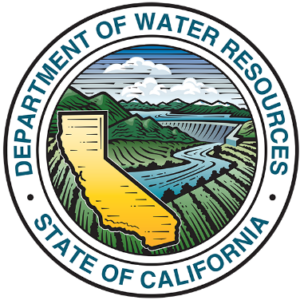Current Pace of Habitat Restoration in the Delta Unlikely to Meet State’s Ambitious Goals Until 2070

The Delta Stewardship Council’s Delta Plan calls for 60,000 – 80,000 acres of restored diverse habitats in the estuary, which, if completed, would be over 100 square miles. Other agencies and initiatives have also set restoration goals for the Delta, such as the biological opinions and the voluntary agreements.
In the last decade, the Department of Water Resources has made substantial progress in getting restoration projects on the ground. Currently, the Department has 36,600 acres of restoration underway, of which 28,000 acres are either completed or under construction and another 8,500 acres is in planning that would be completed by 2030.
However, at January’s Delta Stewardship Council meeting, DWRs’ Chief of the Division of Multi-Benefit Initiatives Steve Rothert told the Council, ““If we roughly average the pace of restoration that we’ve been managing over the last couple of decades, it’s about 1,500 acres a year; so to achieve the 60 to 80,000 acre restoration goal at that pace, it would take 40 to 50 years.”
However, there is some good news. The habitat restoration projects that are being completed are starting to connect up with other completed projects. One example is the Big Notch project at the Fremont Weir, which broke ground in June of 2022.
“In the heart of our flood control system, we’re modifying a hundred year old flood control system to be friendlier for fish and to create seasonal floodplain habitat that’s desperately needed,” said DWR Program Manager Charlotte Biggs. “The project will help achieve inundation target for the Yolo Bypass.” Importantly, the Big Notch project connects down to the Cache Slough where tidal wetlands are being restored. “As we create more connectivity through the bypass, we are eliminating those fish passage barriers, so that restoration in Cache Slough is going to be creating the habitat, the food source, and the shelter to help the fish survive through those areas.”


